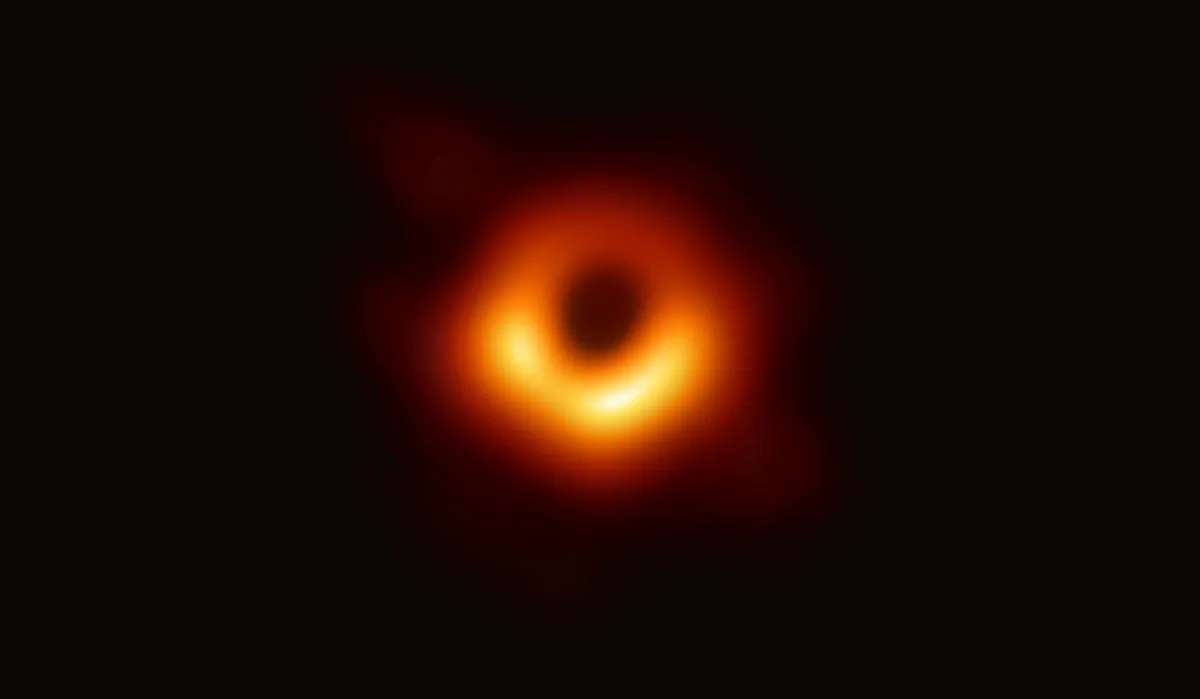A black hole is one of the most mind-blowing cosmological concepts we know of, but what would happen if you fell into one?
Is it even possible to know? Up until recently, black holes were entirely theoretical.
Now black holes have been thrust into the limelight through detections of gravitational waves and the incredible first image of a black hole, captured in galaxy M87.
But what would happen if you fell into a black hole? What would you see? Could you survive?
More from Marcus Chown:
- Mind-blowing facts about the Universe
- What is gravity?
- Why does it take light from galaxies so long to reach us?

A matter of space and time
Imagine you could indeed survive the fall into a black hole and the passage through a black hole’s ‘event horizon’ – the point of no return for in-falling matter and light.
What you would see and what would happen to you if would depend on precisely when you fell into the black hole.
This is because the interiors of black holes evolve with time.
Past the event horizon, space-time is so distorted that space becomes time and time becomes space.
Thus, the way to the centre of the hole is not a direction in space, but a direction in time.
This explains why the point of infinite density, or ‘singularity’, at the centre is unavoidable.
You can’t avoid it just as you can’t avoid tomorrow.
If you fell into a supermassive black hole soon after it formed, you would reach the singularity within a few hours.

The tidal forces as you approached the singularity would be so powerful and unpredictable that not only would you be torn apart, but so would space and time.
They would fragment into droplets, destroying any concept of past and future.
Things are better, however, if you fall into a black hole long after it has formed.
If it’s rotating, a buckle in space-time, like a ruck in a carpet, will form roughly halfway between the horizon and the singularity.
Here, material falling into the black hole piles up and eventually creates a new singularity.
And, crucially, this late singularity will not be as violent.

Some theorists believe it might be possible to reach the late singularity without being ripped apart.
It might even be possible to pass through it, some think into the outside Universe in the far-future, while others believe you might reappear in another universe entirely.
Video interview: What is a black hole?
This article originally appeared in the September 2006 issue of BBC Sky at Night Magazine.
